The history of Empires and technological advancement have always been intertwined. Given the size and scope of empires, they face unique problems and create ingenious solutions that push our bounds of knowledge. As a result, many technologies throughout history were developed due to empires. To demonstrate what I mean, I will focus on one such advancement that only arose because of empire, the first accurate mechanical clock.
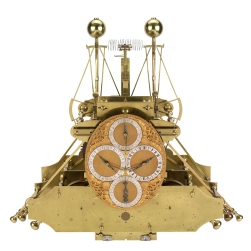
To understand the connection between the creation of the clock and empire, we have to travel back to 1700’s during the height of the Age of Exploration.The British and French empires built world spanning empires off of the back of their powerful navies and merchant fleets.
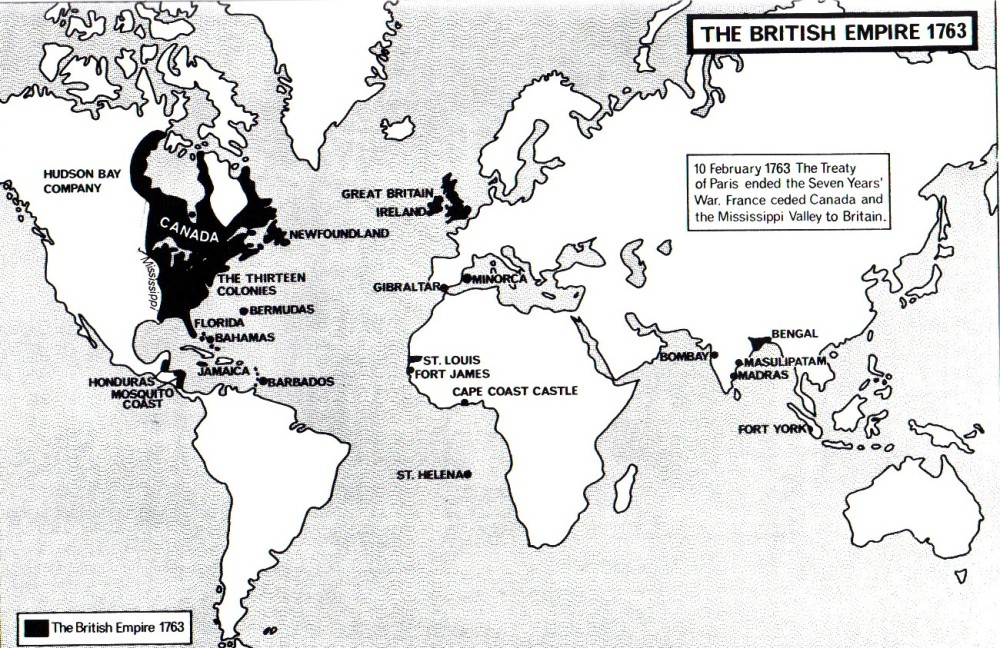
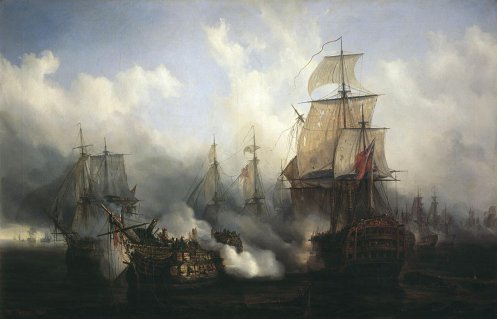
However, problems arose as these ships attempted to find their position on the open seas. Today’s system of knowing your location on Earth today is latitude and longitude.
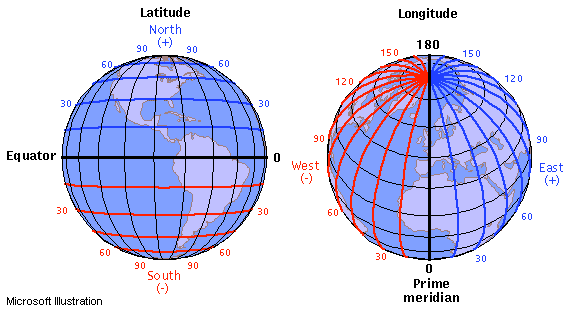
As I mentioned in my “Defense of Astronomy” post , sailors utilized the stars to find their position. However, this only solves half the problem as while latitude can be found by measuring the angle of Polaris to the horizon, but how does one find their longitude?
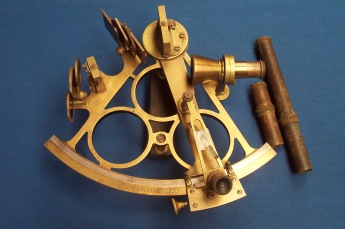
This problem plagued sailors ever since they traveled across the open seas. After the famous Scilly Naval Disaster of 1707 where four English warships and 2,000 sailors were lost when they incorrectly calculated their longitude and crashing into rocks off the Isles of Scilly, the British Parliament passed the Longitude Act of 1714. The act promising a reward of £10,000(around $2,096,424.57 today ) for anyone capable of determining an accurate method of accurately determining longitude. This is where one man, John Harrison, solved the greatest problem plaguing the empire.
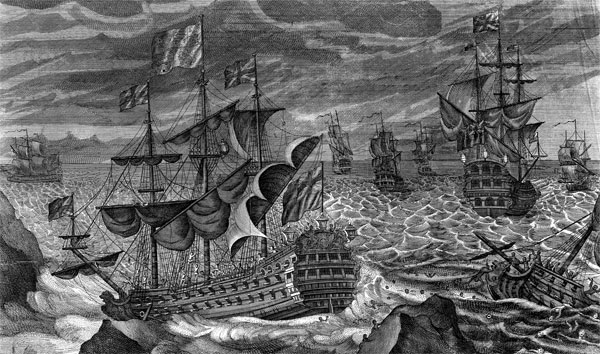
Until the creation of GPS, the main theory for finding longitude was finding the difference of time between solar noon in your location and noon in a set location like Greenwich, England. Every hour in that difference represents 15 degrees of longitude of separation between these two locations(for a demonstration of this technique go here). However, all the great global empires had no way of accurately keeping time on a rocking ship, as all of their clocks were pendulum based. John Harrison, a clock maker from Lincolnshire, England, set out to solve the problem. By the 1720’s, Harrison had already made a name for himself after he created an extremely accurate clock for the Earl of Yarborough using grasshopper escapement , which required no lubrication.
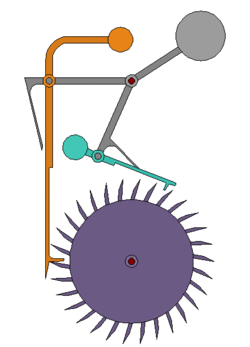
After 20 years of work, Harrison created his four marine timekeepers. By using the new inventions such as bimetal strip that readjusted the clock’s mechanisms after changes in temperature, and a series of balances which compensated for the rocking of the ship, Harrison’s clocks only lost 5.1 seconds after spending over 2 months at sea. Despite his amazing accomplishments and replicas of his sea clocks being used by famous navigators like James Cook, Harrison was never awarded the money promised by the longitude act. While an interesting story, I am unable to cover it here. If you want to learn more I would recommend reading Longitude: The True Story of a Lone Genius Who Solved the Greatest Scientific Problem of His Time by Dava Sobel which is the book that initially sparked my interest on the topic.
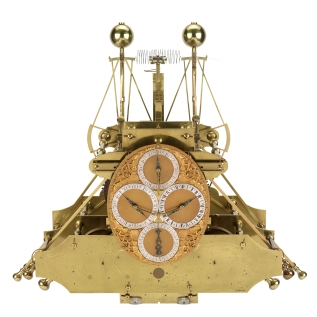
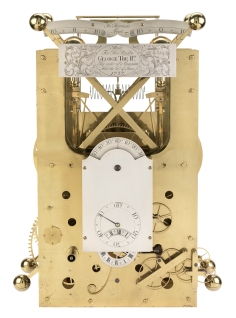
H1-H4, The four sea clocks created by John Harrison (sources: H1, H2, H3, H4)
The creation of Harrison’s clock is undeniably linked with empire. Without the British Empire stretching across the world, there would have been little need for such a device to be made. Only a massive, world-spanning empire like the British Empire could have created the circumstances for such a device to be made. Without so many ships and sailors traveling through the seas, Harrison’s clock would have never seen the light of day. If the European empires failed to arise, then so to do all of their technological advancements fail to emerge.
Work Cited
“Battle of Trafalgar.” British Battles, www.britishbattles.com/napoleonic-wars/battle-of-trafalgar/.
Barkley-Yeung, Alan. “In Defense of Astronomy.” WordPress.com, 2 Dec. 2017, https://wordpress.com/post/empiretechnologyandscience.wordpress.com/112.
Briney, Amanda, Contributing Writer. “A Brief History of the Age of Exploration.” ThoughtCo, Aug. 19, 2017, https://www.thoughtco.com/age-of-exploration-1435006.
“Birth of the British Empire.” South Williamstown Community Association, southwilliamstown.org/2010/06/6-1763-birth-of-the-british-empire/.
“Determine Longitude.” Youtube, uploaded by ScienceOnline, 7 January 2015, https://youtu.be/b7yoXhbOQ3Y?t=146
Dunn, Richard. “The History.” Longitude Prize, Nesta, https://longitudeprize.org/about-us/history.
“Grasshopper Escapement.” Wikipedia, Wikimedia Foundation, 31 Dec. 2017, en.wikipedia.org/wiki/Grasshopper_escapement.
Huebner, Brandon. “The Scilly Naval Disaster – 22 October 1707 (O.S.).” The Maritime History Podcast, 11 Jan. 2015, http://maritimehistorypodcast.com/scilly-naval-disaster-22-october-1707-o-s/.
“John Harrison And The Measurement Of Longitude – In Search Of Science – Earth Lab” Youtube, Uploaded by BBC Earth Lab, 25 April 2017, https://www.youtube.com/watch?v=TmyNQmjerrE
“Longitude Found: John Harrison.” Royal Museums Greenwich , UNESCO World Heritage Site In London, 25 Apr. 2017, http://www.rmg.co.uk/discover/explore/longitude-found-john-harrison.
Nye, Eric W. “Pounds Sterling to Dollars: Historical Conversion of Currency.” Currency Converter, Pounds Sterling to Dollars, 1264 to Present (Java), University of Wyoming, https://www.uwyo.edu/numimage/currency.htm.
Sobel, Dava. Longitude: the True Story of a Lone Genius Who Solved the Greatest Scientific Problem of His Time. Fourth Estate, 2014.
“The Clock that Changed the World(BBC History of the World)” Youtube, uploaded by leedsmuseums, 22 August 2012, https://www.youtube.com/watch?v=T-g27KS0yiY
“The Collection.” H1 – National Maritime Museum, Royal Muesums Greenwich, http://collections.rmg.co.uk/collections/objects/79139.html.
“The Collection – H2.” National Maritime Museum, collections.rmg.co.uk/collections/objects/79140.html.
“The Collection – H4.” National Maritime Museum, collections.rmg.co.uk/collections/objects/79142.html.
“The Scilly Naval Disaster – 22 October 1707 (O.S.).” Today In British History, 22 Oct. 2014, todayinbritishhistory.com/2014/10/scilly-naval-disaster-22-october-1707-o-s/.
“Time to Solve Longitude: The Timekeeper Method.” Royal Museums Greenwich , | UNESCO World Heritage Site In London, 13 Nov. 2015, www.rmg.co.uk/discover/behind-the-scenes/blog/time-solve-longitude-timekeeper-method.
“Twin Pivot Grasshopper Escapement – invented by John Harrison” Youtube, Uploaded by Ken Kuo,2 June 2014, https://www.youtube.com/watch?v=_VdpRTKGBww
“Understanding Latitude and Longitude.” Annenberg Learner, Journey North,http://www.learner.org/jnorth/tm/LongitudeIntro.html.

